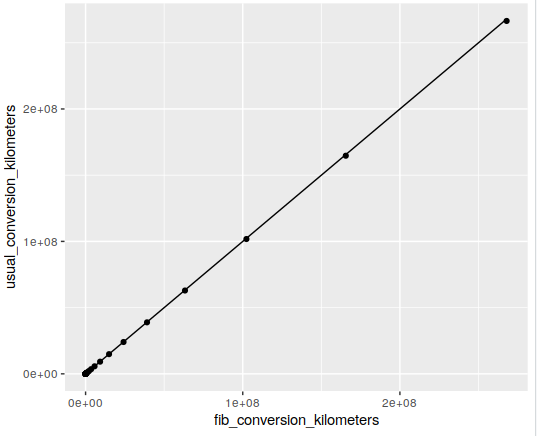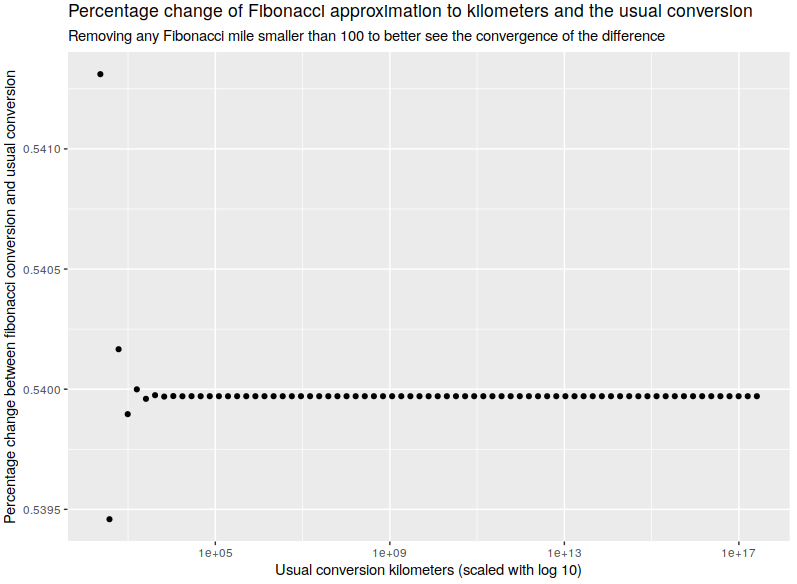

Fish don’t have nerves to feel pain.
 >
>
While some say the debate is not settled, I believe there is ample evidence to say that fish do indeed feel pain. You can find literature in the source above.


Fish don’t have nerves to feel pain.
 >
>
While some say the debate is not settled, I believe there is ample evidence to say that fish do indeed feel pain. You can find literature in the source above.


I think it was sarcasm ;)


You can totally say “Nah. I’m good”, but I’m just really curious. What comes up in your mind if you imagine yourself reading one of those emails and being perfectly okay with it?


I agree that feeling manipulated is frustrating and sad. At the same time now I’m scared you wouldn’t like texting with me… I take my time sometimes to write something out, and then I think about what I’d like to say and realize what I wrote doesn’t reflect that, so I type it out again. I want to be clear and use the right words, you know?


Checked it out and love that package! Thanks for the recommendation :)


If you drive, the 3-4-8 second tailgating rule


what if someone is mildly interested in why you use it as a filter technique? :P


To give an extreme example:
“I solemnly swear that I am up to no good.” vs. “053250411391271”
But to be fair, I never end up with nice sentences. It’s more like “Thank you, rainbow. Clock firework” and I imagine myself thanking a rainbow and telling it to “clock firework”, whatever that means…
As to how long, I think it could’ve been a couple of months doing a dozen or so conversions. In total it’s a very small investment of time, assuming you space it out and don’t cram. It really helps to use the Wikipedia mnemonics (like how 4 is kinda like a mirrored R).


If someone wants to play around with the code, here it is.
Note that you need RStudio and the Tidyverse package.


I think the way to formally prove this is to find the difference between the Fibonacci approximation and the usual conversion, and then to find whether that series is convergent or not. Someone who has taken the appropriate pre-calculus or calculus course could actually carry it out :P
However, I got curious about graphing it for distances “small enough” like from Earth to the sun (150 million km). Turns out, there’s always an error, but the error doesn’t seem to be growing. In other words, except for the first few terms, the Fibonacci approximation works!
This graph grabs each “Fibonacci mile” and converts it to kilometers either with the usual conversion or the Fibonacci-approximation conversion. I also plotted a straight line to see if the points deviated.

Edit: Here’s another graph

So it turns out:
TL;DR:


The mneumonic major system. Once I learned it by heart, it helped me memorize all kinds of numbers: cards, IDs, passwords, addresses…


Dependency hell.


You’re totally right! To be fair, we do go out. It’s just that people can choose what to do. There’s no scolding or pulling if you choose to stay in.
Also, we don’t really do big expensive holidays, and I think that contributes to people feeling okay staying in. The few times we have done big trips, the story is different. But my boyfriend only knows the smaller trips.


Human minds can readily jump to try to solve technical problems like the one you have to solve at work. Sure, it’s abstract in many ways, but it also is an external problem.
However, human minds are not very good at solving emotional problems. Trying to deal with thoughts and emotions like external problems usually leads to experiential avoidance. And avoidance creates even more suffering.
I’d recommend you check out ACT, to deal with your thoughts effectively. Russ Harris and Steven Hayes are both good sources, one being less technical than the other.


Not me, but the first time my boyfriend traveled with my family somewhere, he could not believe that sitting quietly in a living room reading was a thing. My family didn’t feel the need to fill our day to the brim with tours or shopping or other activities. And that was shocking to him.


My shitless friend will arrive at that toilet in pain for having held all that shit inside. While I support the idea of reserving a toilet as soon as possible, I hope they don’t sit on it for too long. We don’t want to add hemorrhoids to the list of pains 🥵


Omg… I’m so sorry… That’s so sad and frustrating…
what do you mean?